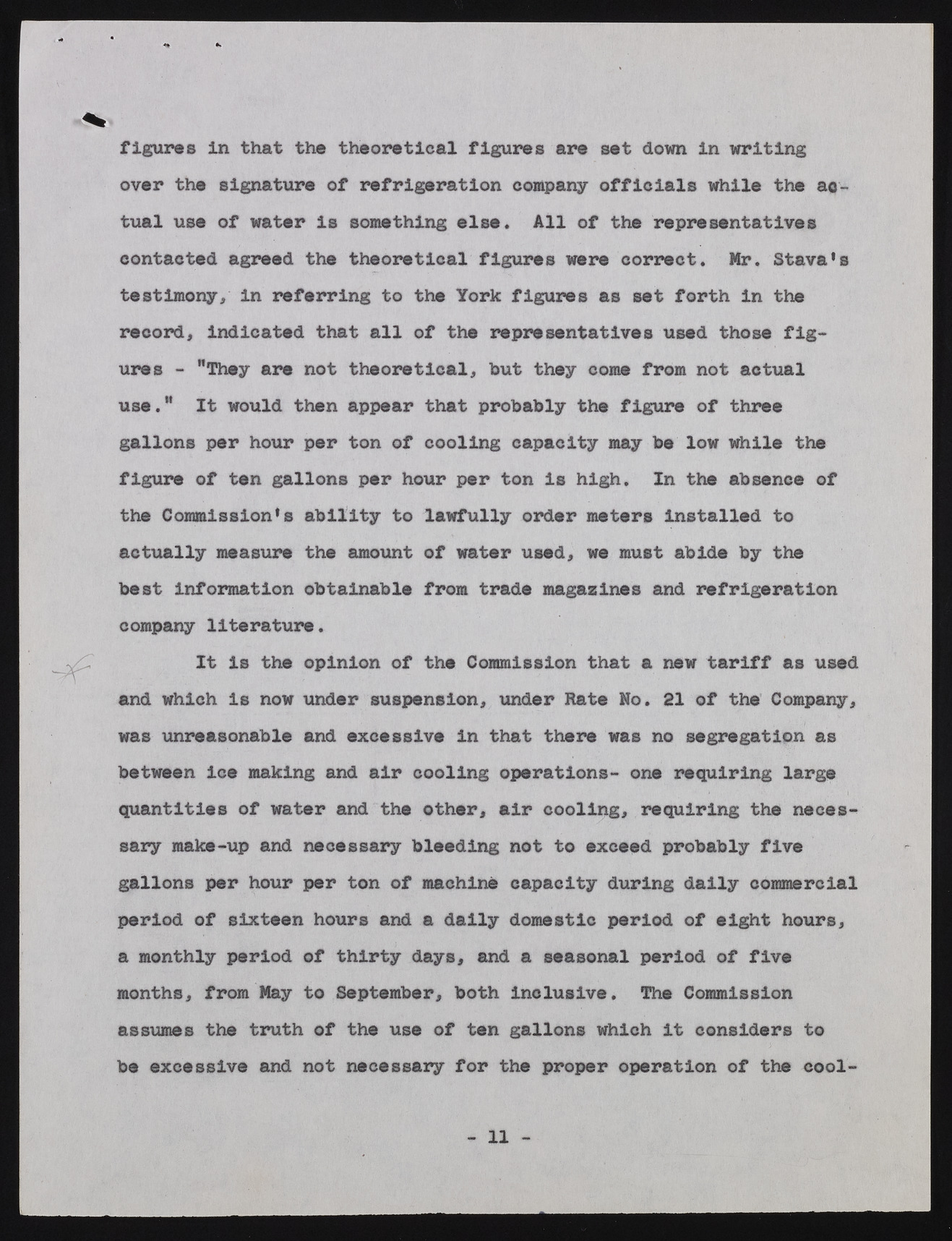Copyright & Fair-use Agreement
UNLV Special Collections provides copies of materials to facilitate private study, scholarship, or research. Material not in the public domain may be used according to fair use of copyrighted materials as defined by copyright law. Please cite us.
Please note that UNLV may not own the copyright to these materials and cannot provide permission to publish or distribute materials when UNLV is not the copyright holder. The user is solely responsible for determining the copyright status of materials and obtaining permission to use material from the copyright holder and for determining whether any permissions relating to any other rights are necessary for the intended use, and for obtaining all required permissions beyond that allowed by fair use.
Read more about our reproduction and use policy.
I agree.Information
Digital ID
Permalink
Details
More Info
Rights
Digital Provenance
Publisher
Transcription
figures in that the theoretical figures are set down in writing over the signature of refrigeration company officials while the ao- tual use of water is something else. All of the representatives contacted agreed the theoretical figures were correct. Mr. Stava's testimony, in referring to the York figures as set forth in the record, Indicated that all of the representatives used those figures - ”They are not theoretical, hut they come from not actual use." It would then appear that probably the figure of three gallons per hour per ton of cooling capacity may be low while the figure of ten gallons per hour per ton is high. In the absence of the Commission's ability to lawfully order meters installed to actually measure the amount of water used, we must abide by the best Information obtainable from trade magazines and refrigeration company literature. w. It is the opinion of the Commission that a new tariff as used and which is now under suspension, under Rate Mo. 21 of the Company, was unreasonable and excessive in that there was no segregation as between ice making and air cooling operations- one requiring large quantities of water and the other, air cooling, requiring the necessary make-up and necessary bleeding not to exceed probably five gallons per hour per ton of machine capacity during daily commercial period of sixteen hours and a daily domestic period of eight hours, a monthly period of thirty days, and a seasonal period of five months, from May to September, both inclusive. The Commission assumes the truth of the use of ten gallons which it considers to be excessive and not necessary for the proper operation of the cool- 11

